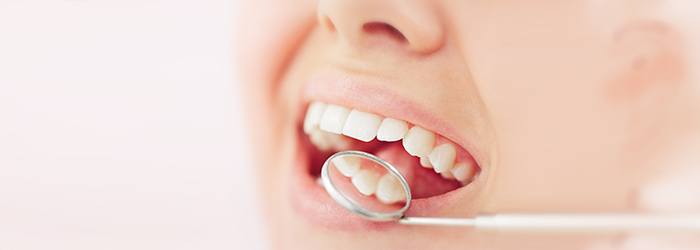
Fillings
‘Vision is the art of seeing things invisible.’ (Jonathan Swift)
The dental profession has devoted most of his history to restoring the effects of dental disease. The last two decades have evidenced a paradigm in this philosophy that has been guided by a greater understanding of science.
The main goal of “Restorative Dentistry” is to restore teeth in their form and function.
The public’s interest in health and beauty has become an engine that continues to drive the demand for cosmetic and dental procedures. In the past, achieving a beautiful smile required submission to extensive invasive procedures and expensive fixed dental prosthetic restorations.
Advancement in restorative material formulation and adhesive technology have expanded the treatment possibilities for the clinician.
INLAY:
An inlay is an indirect restoration( filling) consisting of a solid substance( gold or ceramic) fitted to a cavity in a tooth and cemented into place. To make this restoration, an impression of the prepared cavity is taken using elastic material. It is sent to the laboratory, where the inlay is fabricated. Most inlays are made up of gold or tooth- colored porcelain.
Inlays are alternatives to fillings although they are much more expensive than composite fillings. What’s the best for you will be determined by
The extent of the repair.
Your allergies to certain materials.
Where in your mouth the filling is needed.
And the costs.
CONSIDERATIONS FOR DIFFERENT MATERIALS INCLUDE:
Gold fillings which are called gold inlays are made in laboratory and then cemented into place. Gold inlays are well tolerated by gum tissues. It’s a choice of filling by most of the dentists, however, it is often the most expensive choice that requires multiple visits.
Due to the newer advances in aesthetic restorative materials and the increased demands of patients for life like tooth coloured restorations(fillings) these gold and white metal restorations have a reduced demand.
Porcelain fillings called ceramic inlays or onlays are produced in laboratory and then cemented to the tooth. They can be matched to the color of the tooth and resist staining. A porcelain restoration generally covers most of the tooth.
MATERIALS USED:
CERAMICS:
Today the dental esthetics is in search of tooth substitute so realistic as to almost defy detection. Porcelain is an esthetic material that has been used as a dental restorative material for more than 150 years. Dental ceramics are known for their natural appearance and their durable chemical, mechanical and optical properties.
Dental ceramic technology is one of the fastest growing areas of dental material research and development. The future of dental ceramics is bright because of increased demand for tooth-coloured restorations and the reduced use of silver fillings and traditional gold fillings.
DIRECTLY MILLED CERAMIC INLAYS:
The introduction of computer-aided design/ computer –aided manufacture (CAD/CAM) systems to restorative dentistry represents a major technological breakthrough.
Eliminated are certain errors and inaccuracies that are inherent to the indirect method.
Additionally, CAD/CAM –generated restorations save the dentist and patient time, provide an esthetic restoration, and have the potential for extended wear resistance.
COMPUTER-GENERATED RESTORATION DESIGN:
The restoration is designed from the image shown on the computer screen. The operator can electronically design the restoration by moving a cursor along the limits of the preparation.
The procedure can be stopped at any time and edited to override the computer and allow the operator to correct the electronically generated features.
Once the restoration has been designed, the computer develops an on-screen, three dimensional model or image of the inlay, or veneer.
This is even possible when designing multiple replacements or veneers.
MILLING PROCEDURE:
After all the data has been supplied, the computer selects the size of ceramic block to be used in the milling process.
There is a wide range of shades and size of both porcelain.
These blocks are more homogenous.
The milling is accomplished by a cutting machine which mills slices.
The CAD/CAM system offers several distinct advantages:
Bonded restoration for strength.
Reduced gap.
Wear similar to enamel.
Less fracture of the inlay, because it is milled from a solid, homogenous block.
Excellent polishing characteristics.
Improved esthetics.
Less reduction of tooth structure, hence better periodontal health.
Less reduction of tooth structure, hence better periodontal health.

